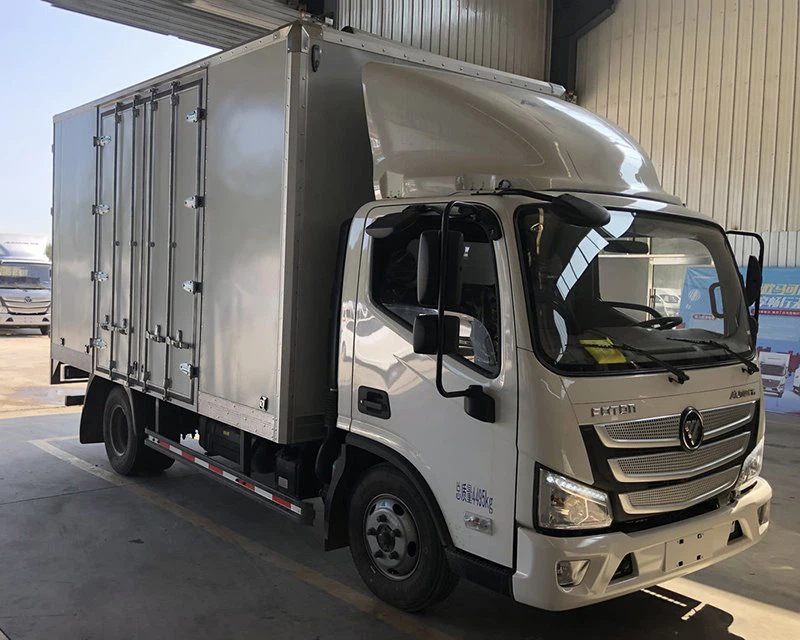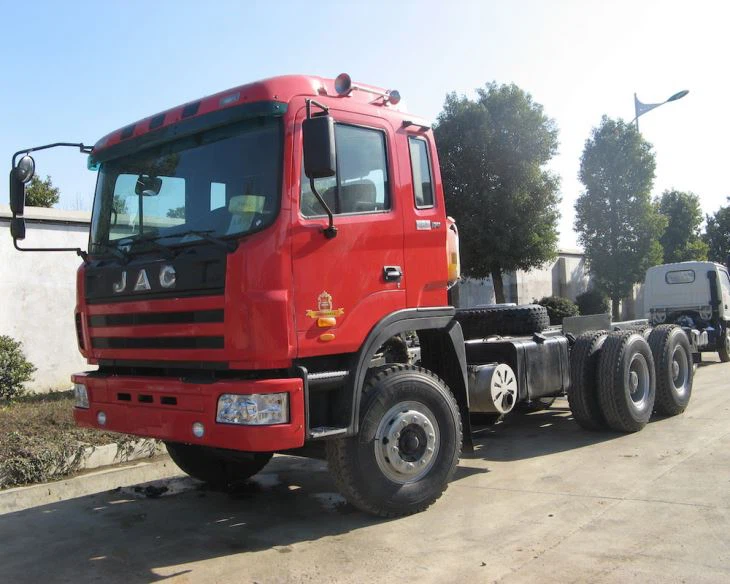Complete Guide to the Peterbilt 348: Specs, Features, and More

Introduction
The Peterbilt 348 is one of the most recognized medium-duty trucks in the transportation industry. Known for its robust build, superior performance, and stylish design, this model excels in various applications, ranging from regional hauling to municipal tasks. In this comprehensive guide, we’ll delve into the specifications, features, maintenance tips, and more surrounding the Peterbilt 348.
Overview of the Peterbilt 348
The Peterbilt 348 combines durability with advanced engineering, making it a preferred choice for fleet operators. Its versatility allows for various customization options to cater to specific business needs, thereby enhancing its practicality and functionality.
Key Specifications
| Specification | Details |
|---|---|
| Engine Options | Cummins B6.7 or PACCAR PX-7 |
| Horsepower | 240-350 hp |
| Torque | 560-750 lb-ft |
| Transmission | 6-speed automatic or manual options |
| GVWR | Up to 33,000 lbs |
| Cab Configurations | Day cab and sleeper configurations |
Features of the Peterbilt 348
Exceptional Comfort
The Peterbilt 348 is designed with driver comfort in mind. The spacious cabin provides ample legroom and ergonomic seating. Optional upgrades include heated seats and advanced climate control systems.

Advanced Technology
The truck is equipped with modern tech features such as:
- Bluetooth connectivity for hands-free communication
- GPS navigation systems to enhance route planning
- Telematics for real-time monitoring of vehicle performance
Safety Features
Safety is a top priority in the Peterbilt 348 design. Key safety features include:
- Anti-lock braking system (ABS)
- Electronic stability control (ESC)
- Multiple airbag systems for driver and passenger protection
Different Configurations and Variants
The Peterbilt 348 comes in various configurations to suit different applications:
Chassis Configurations
- Single axle
- Multi-axle for increased capacity
Body Types
- Flatbed
- Box truck
- Tanker
- Dump truck
Performance of the Peterbilt 348
Engine Performance
The engine performance of the Peterbilt 348 is commendable. With options for both Cummins and PACCAR engines, it provides reliable power with excellent fuel efficiency, critical for reducing the overall cost of operation.
Handling and Maneuverability
The 348’s design allows for excellent handling even in tight spaces, making it an ideal choice for urban applications. Its optimized steering system provides feedback and agility for easier navigation.
Maintenance Tips for the Peterbilt 348
Regular Service Checks

Regular maintenance is essential for the longevity and performance of your Peterbilt 348. Key checks include:
- Engine oil changes
- Air filter replacements
- Tire pressure checks
Tire Maintenance
Ensure tires are rotated and aligned properly to enhance safety and fuel efficiency. Use proper tread depth gauges for regular inspections.
Comparative Analysis: Peterbilt 348 vs. Competitors
Peterbilt 348 vs. Freightliner M2
While both trucks belong to the medium-duty category, the Peterbilt 348 has a stronger reputation for build quality and driver comfort, while the Freightliner M2 is often praised for its versatility and economy.
Cost Considerations
The purchasing cost and financing options are essential factors to consider during comparison. The Peterbilt 348 may have a higher upfront cost; however, its resale value and longevity often make it a more cost-effective choice in the long run.
Real-World Applications of the Peterbilt 348
Municipal Solutions
Many local governments use the Peterbilt 348 for trash collection and utility maintenance due to its durability and efficiency. Its customizable nature allows for specialized attachments and modifications.
Regional Hauling
Companies in the logistics industry appreciate the Peterbilt 348 for regional hauling tasks. Its balance between power and fuel efficiency makes it a preferred choice among fleet operations.
Cost of Ownership for the Peterbilt 348
Initial Purchase Cost
The price of a new Peterbilt 348 typically ranges between $80,000 and $130,000 depending on factory options and specifications. It’s advisable to factor in additional costs such as taxes and registration.
Operating Costs
Operating costs include fuel, insurance, and routine maintenance. Drivers can optimize fuel efficiency through proper driving habits and regular maintenance schedules.

Frequently Asked Questions (FAQ)
What is the towing capacity of the Peterbilt 348?
The towing capacity of the Peterbilt 348 varies based on the configuration but generally ranges from 10,000 to 20,000 pounds.
How fuel-efficient is the Peterbilt 348?
Fuel efficiency can vary, but on average, the Peterbilt 348 achieves around 8-12 miles per gallon, depending on load and driving conditions.
What kind of warranty is available for the Peterbilt 348?
Peterbilt typically offers a standard warranty of 3 years or 100,000 miles, but extended warranties can be purchased for additional coverage.
Can the Peterbilt 348 be customized?
Yes, the Peterbilt 348 is highly customizable. Options include different engines, cab types, and chassis configurations, as well as aftermarket accessories.
Is the Peterbilt 348 suitable for off-road use?
While primarily designed for on-road applications, certain configurations of the Peterbilt 348 can be adapted for light off-road use, especially in construction or municipal work.
How does the Peterbilt 348 hold up in terms of resale value?
The Peterbilt 348 typically holds its value well due to its durability and reputation in the market, making it a solid investment for fleet managers.
